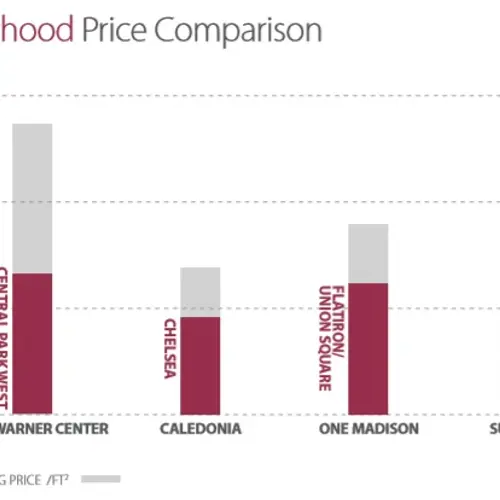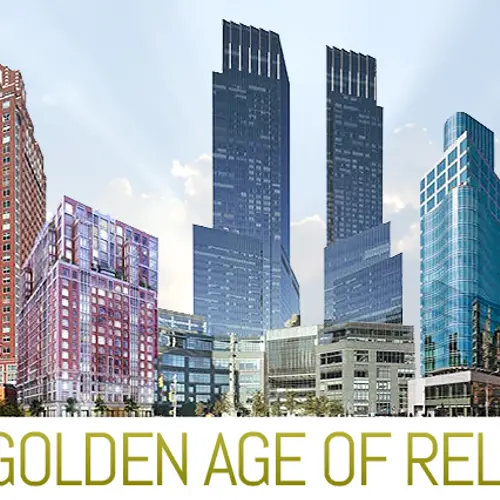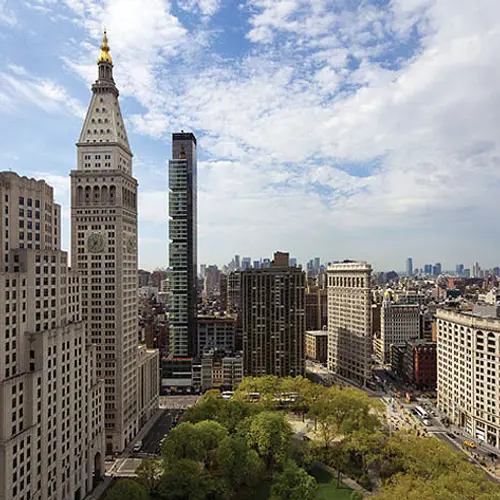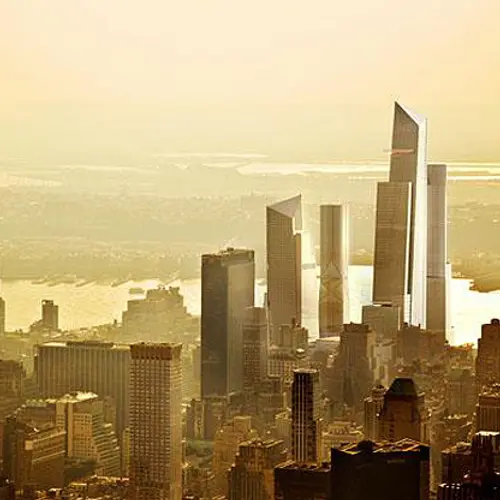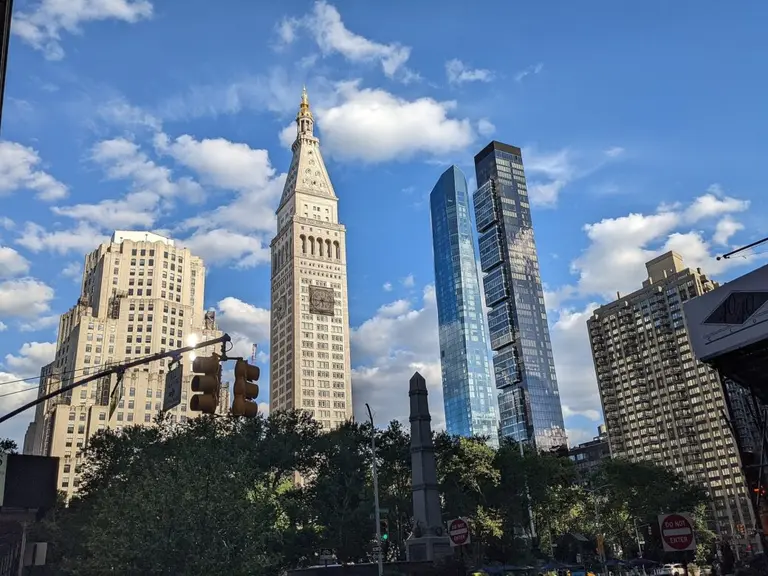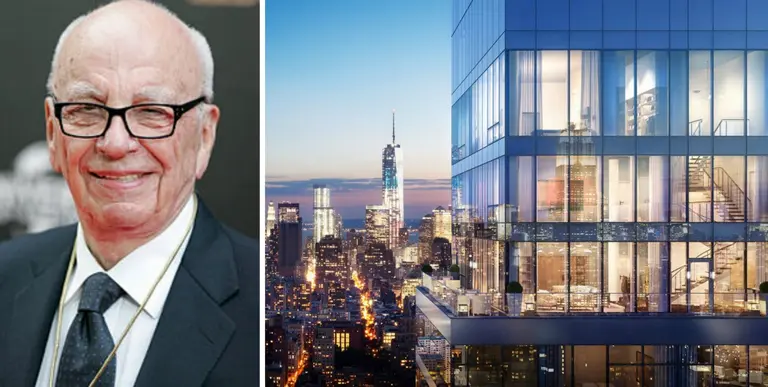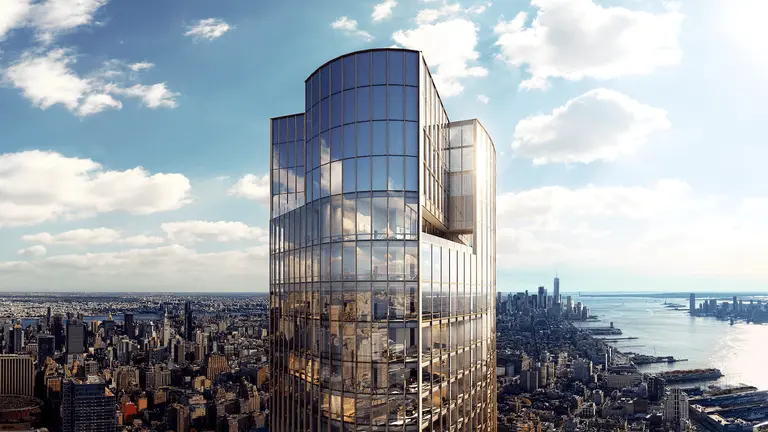The Golden Age of Related: A Closer Look at New York’s Leading Real Estate Developer

Founded in 1972 by former tax attorney Stephen Ross, the Related Companies got its start securing funding for affordable housing upstate. Before long, the company moved to New York City, bringing affordable units to Battery Park City and the Upper East Side. When the boom years of the 1990’s hit, Related got involved with luxury development, beginning with the renovation and conversion of an historic Beaux Arts building at Union Square into the W Hotel and then the development of 1 Union Square South.
Today, the Related name is attached to some of today’s biggest and most high profile projects, including One Madison and Hudson Yards. And with more than $15 billion in assets, the company is New York’s leading real estate developer.
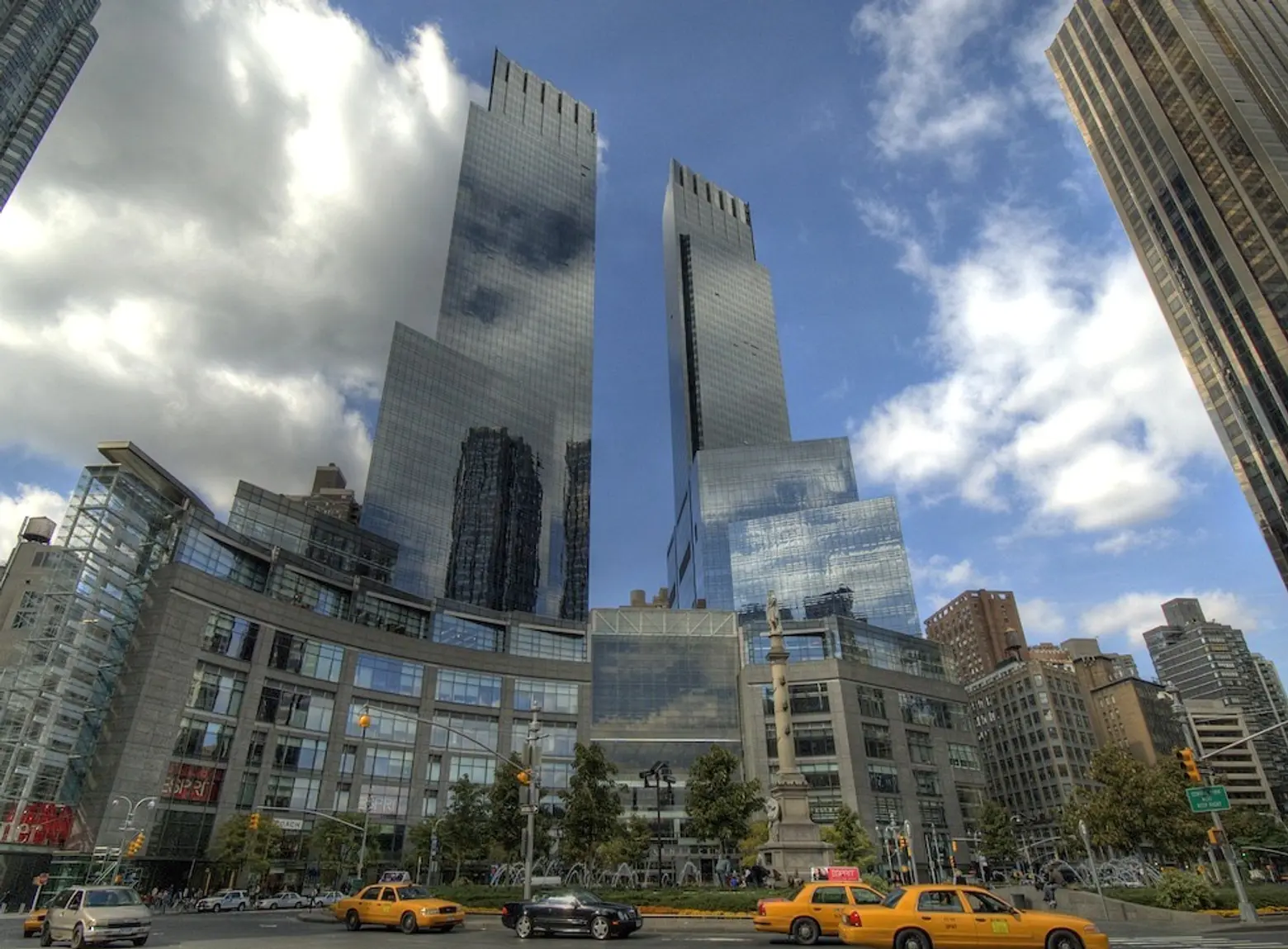 Time Warner Center courtesy of andy in nyc via photopin cc
Time Warner Center courtesy of andy in nyc via photopin cc
Related’s biggest achievement to date was the $1.7 billion Columbus Circle redevelopment project. Aside from Ross securing a $1.3 billion loan – the largest nongovernment-funded project in commercial real estate history, the company claimed its spot as a top developer, beating out major New York real estate dynasties such as Tishman Speyer, Bruce Ratner, and Donald Trump. Related incorporated a mix of high-end condos, office space, a luxury hotel, and premier shopping mall into the project. The resulting 2.8 million-square-foot Time Warner Center complex is home to CNN, Jazz at Lincoln Center, and the Mandarin Oriental New York. The Shops at Columbus Circle boast a 60,000-square-foot Whole Foods, designer retail, and acclaimed restaurants.
 520 West 28th Street © Zaha Hadid Architects
520 West 28th Street © Zaha Hadid Architects
Related hired famed architect David Childs, of Skidmore, Owings & Merrill, to design the Time Warner Center, and the company has consistently partnered with world-reknowned starchitects since then. Robert A.M. Stern designed the Brompton on the Upper East Side, the Harrison on the Upper West Side, and Superior Ink in the West Village. Recently, for an upcoming project along the High Line at 520 West 28th Street, Related tapped Pritzker Prize-winning architect Zaha Hadid.
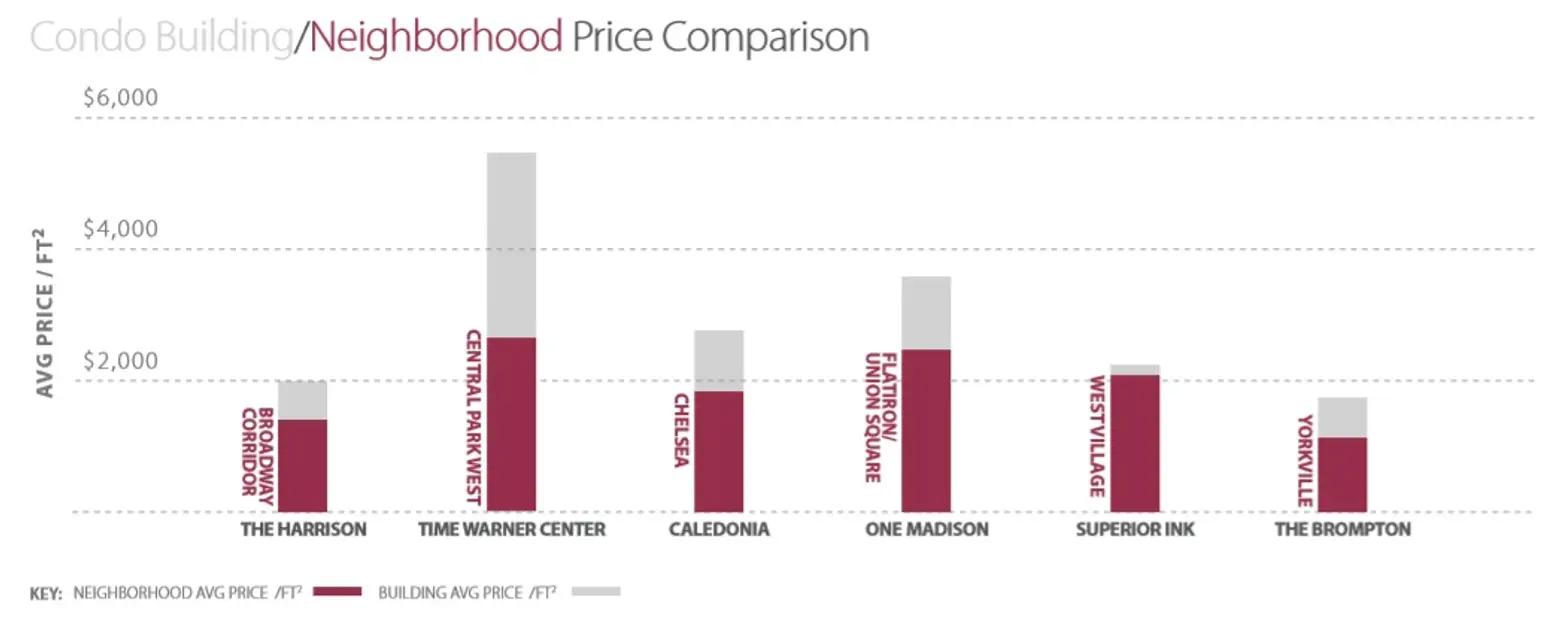
The Time Warner Center development is one of the many Related properties that is consistently a top seller. Price-per-square-foot averages hover at double or more the Central Park average, which is itself a high figure. During 2014, average sales at 25 Columbus Circle reached a peak of $5,407 a square foot, far more than Central Park average of $2,356.
Additionally, Related’s buildings consistently outperform neighborhood averages. In Yorkville, the Brompton has an average price per square foot of $1,698, slightly higher than the neighborhood average of $1,179; and in Chelsea, the Caledonia has an average of $2,411, well above the neighborhood average of $1,809.
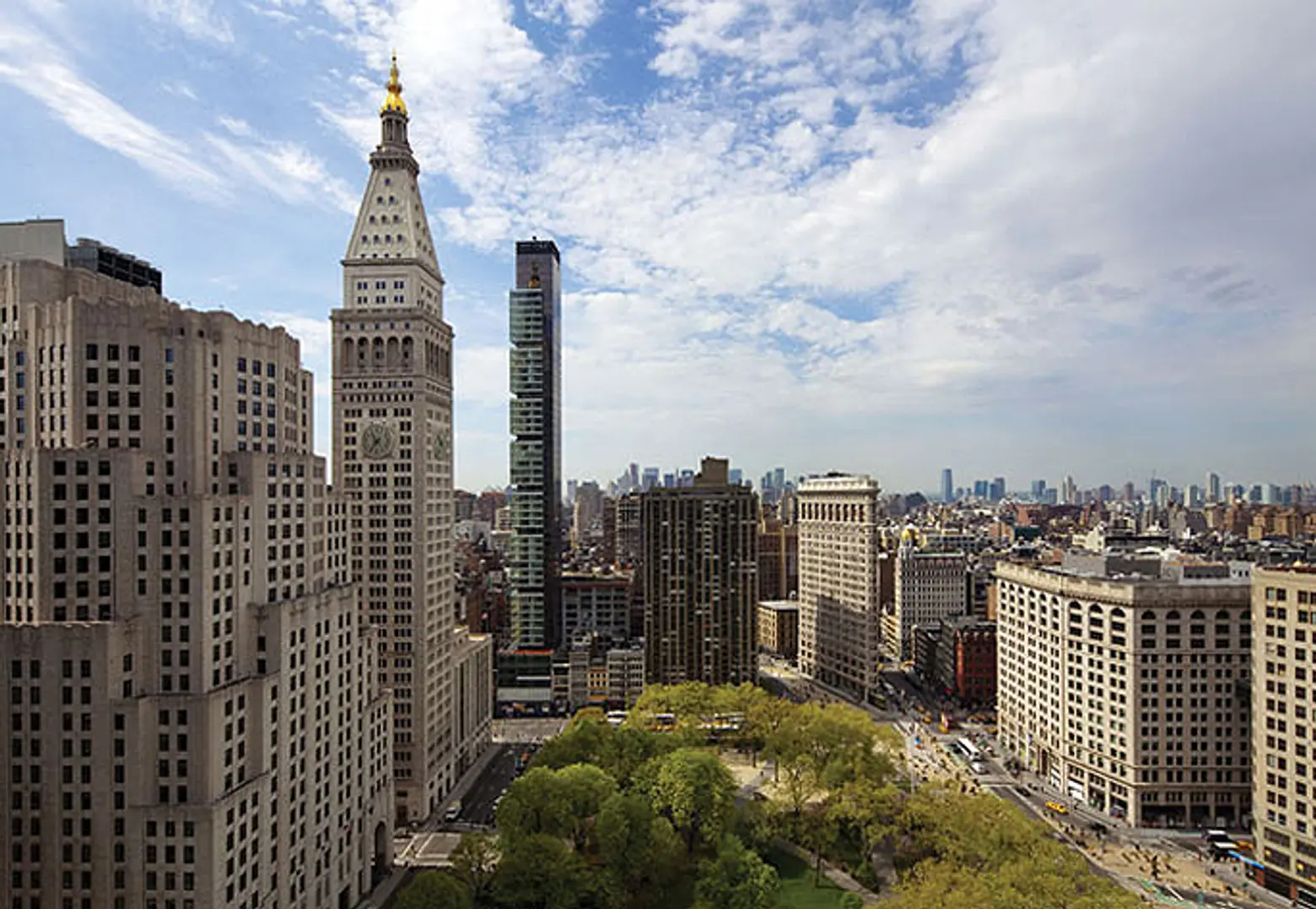 One Madison among its Madison Square neighbors © Related Companies
One Madison among its Madison Square neighbors © Related Companies
The company’s other big seller is One Madison, the 60-story “sliver” tower that Related rescued from bankruptcy in the wake of the global financial collapse. Designed by Cetra/Ruddy, the building boasts Rupert Murdoch, Gisele Bündchen, and Tom Brady as residents. Its average square-foot pricing is $3,426, far above the Flatiron/Union Square average of $2,266 a square foot.
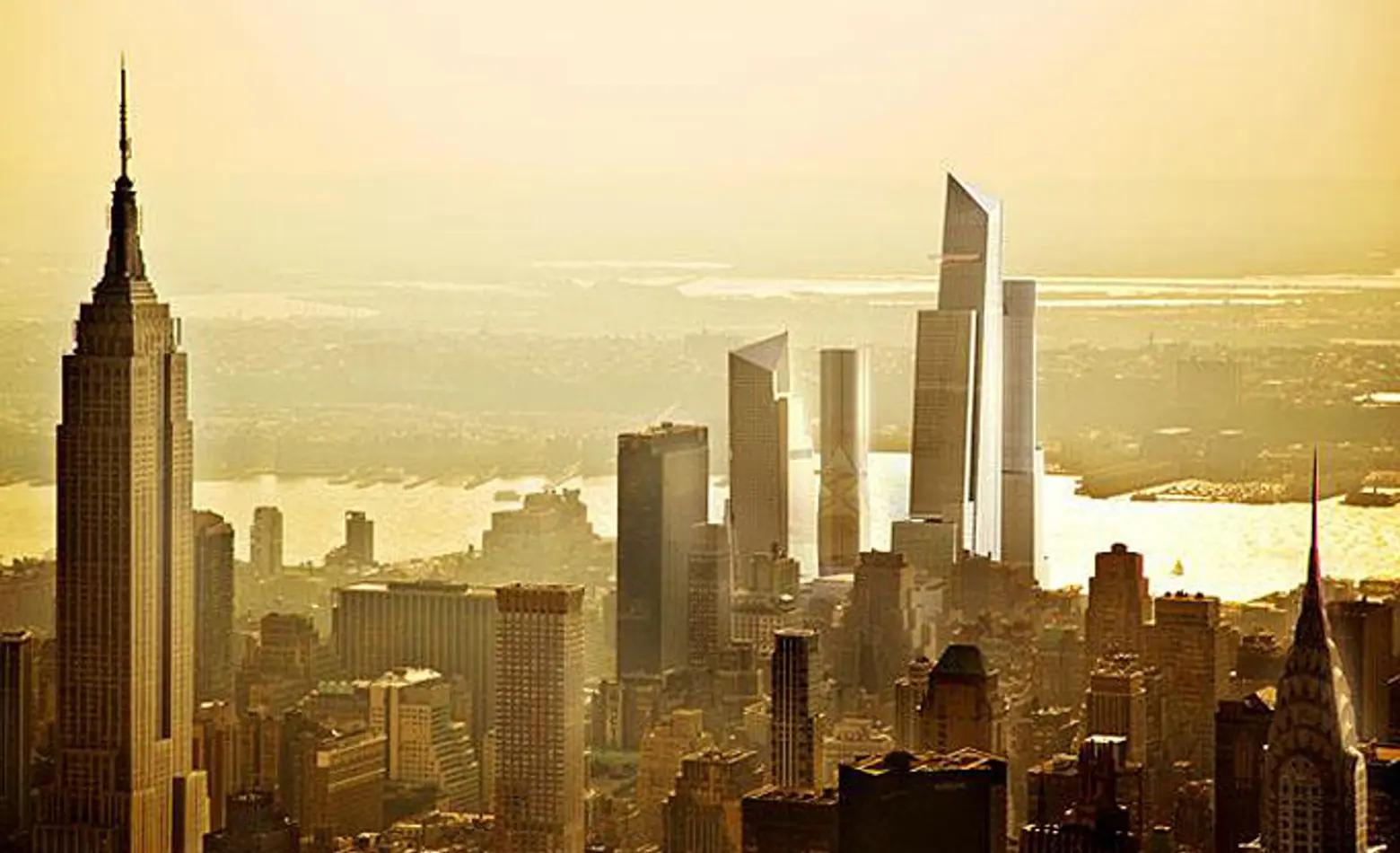 Rendering of Hudson Yards © Related Companies
Rendering of Hudson Yards © Related Companies
Clearly always eager for more, Related is now embarking on what will surely be their most noteworthy project: Hudson Yards, a 26-acre development that sits above an active rail yard on the west side. The biggest private real estate deal in the history of the United States, it’s projected to cost $20 billion.
Kohn Pedersen Fox completed the site’s master plan, which calls for 17 million square feet of residential and commercial development, about one million square feet of retail, cultural space, a public school, and 14 acres of open space. Funnily enough, Time Warner, along with Ross and the Related Companies, will vacate their Columbus Circle digs in exchange for space at Hudson Yards. The completion of the project will undoubtedly cement Related’s place in New York real estate history as a master of marshaling both public and private resources to transform the cityscape.
[Via CityRealty]
